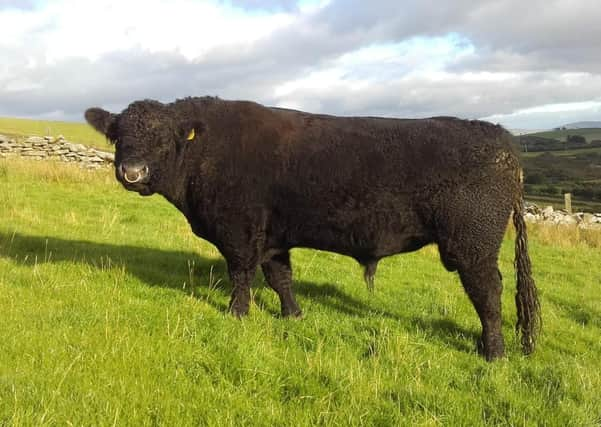Uplands sustainable farming


Sinead Mathers, CAFRE Agri-environment Adviser, says this is an opportunity for farm businesses to look at other options available to them to improve their viability and profitability working in balance with the environment.
“Sustainability is a word used widely now throughout the globe and it essentially means that all businesses must accommodate economic, social and environmental needs working in balance with the natural world,” she said.
Advertisement
Advertisement
“Our Environmental Business Development Groups (BDG) are now looking at ways in which this can be achieved on-farm,” Sinead added.


Irwin Dougherty is a member of one of the Environmental BDG’s, farming a hill farm outside Derry/Londonderry comprised of half grass and half heather. He has a herd of pure bred Galloway cattle, Blue Greys, which are Galloways crossed to a White-bred Shorthorn Bull and a flock of pedigree North Country Cheviot ewes. He raises the cattle on a low input system and they are thriving as these native breeds are famed for their hardiness and ability to live on upland landscapes.
They are out wintered and only get silage as needed from December onwards. Feeding no concentrates is a cost saving to the business. Irwin breeds his own Galloway replacements and will finish the bullocks at approximately 24 to 26 months old around 350kg. The meat from the Galloway is superior quality and known for its tender texture and excellent flavour.
These cattle are ‘conservation grazers’ with their gentle grazing action, they help support rich biodiversity. They graze the heather and eat rushes and other species of grass that his sheep would not graze. Both Irwin’s sheep and cattle enterprise are working successfully together to manage his rough grazing and heather.
Advertisement
Advertisement
“Controlling heather in the uplands can be done by match, mulch or mouth and our farming enterprise has focused on controlling the heather using the Galloway and North Country Cheviots,” Irwin explained.
Grazing is the most effective and natural way to maintain certain habitats. It helps to keep areas open ensuring a wider variety of plants and animals.
Both over grazing and under grazing can be damaging to habitats so it requires skill to ensure effective and beneficial grazing regimes farming hand in hand with nature. Irwin has found the best grazing regime for the mountain is to graze the Galloway cattle first followed by the sheep. On hill and upland pastures the unselective grazing action of the Galloway improves the natural herbage for sheep and wildlife through the removal of excess roughage.
Irwin limes his permanent grassland to maintain the pH of the soil between 6 and 6.5. He tests the soil and only applies chemical fertiliser based on crop need. He has planted hedges on his field boundaries inter-planted with various different species providing shelter for his stock and for biodiversity purposes. His ethos is to do simple things on his farm that cost him nothing in an effort to encourage wildlife.
Advertisement
Advertisement
“The key for farm businesses is to use and enhance the natural resources on their farm, reduce input costs where possible and farm hand in hand with the environment. Traditional breeds have a role to play in achieving this aim,” Sinead concluded.